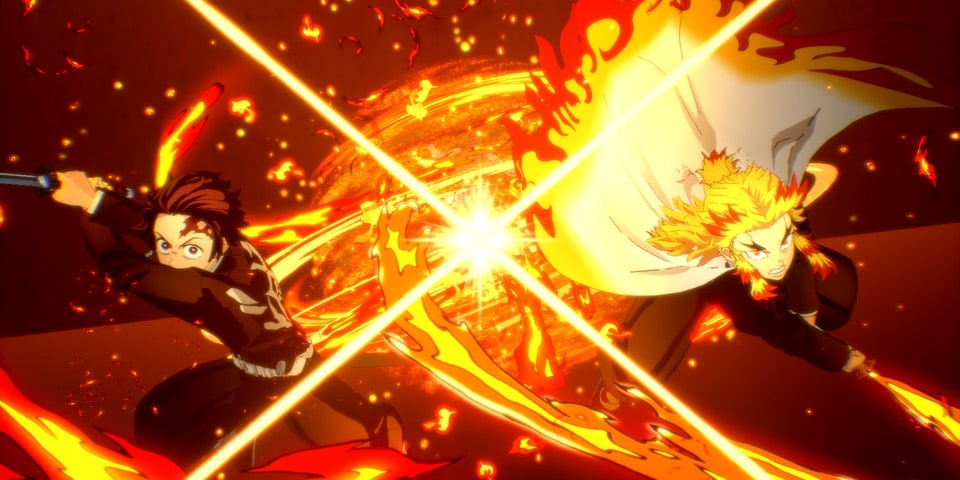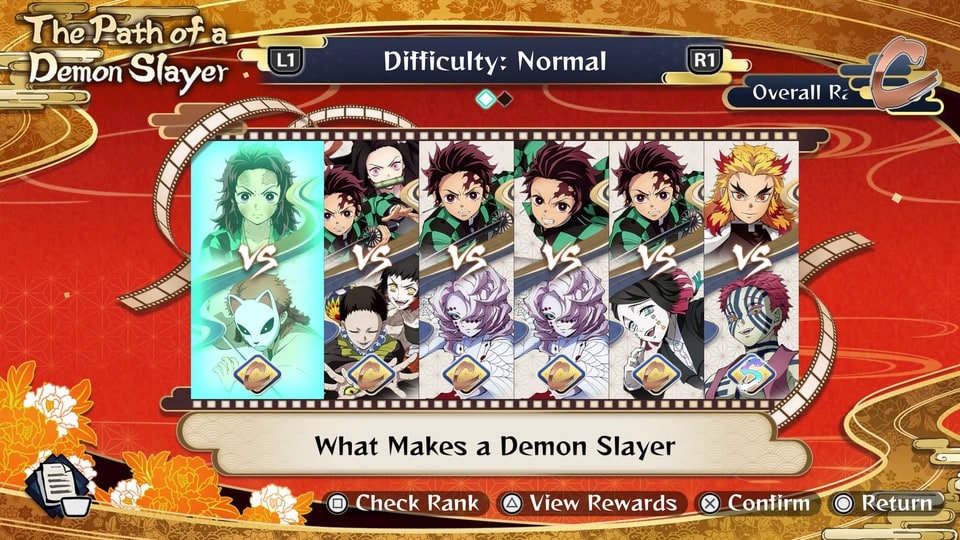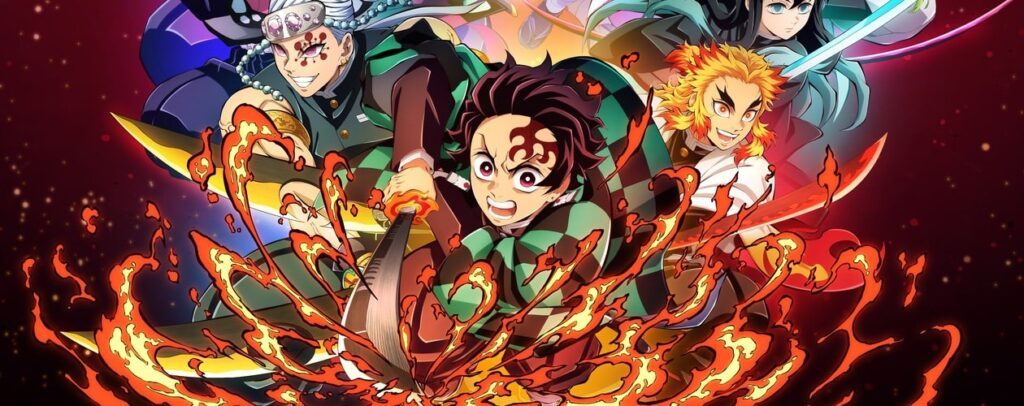I have to admit, I’ve got mixed feelings when it comes to the Demon Slayer franchise. I’ve never really enjoyed Shonen battle series, save for the ones I grew up with, like Naruto and Bleach. I appreciate that Demon Slayer has become a similar entry-point for countless fledgling anime fans across the world, but as someone with no real passion for the series, seeing some of my favourite animation and game studios working in the mines pumping out content for it has me feeling jaded. I’m a massive fan of the CyberConnect2 developed Naruto Ninja Storm series, but it’s an interesting feeling to play a game without also having a personal attachment to the source material. I don’t feel like Demon Slayer -Kimetsu no Yaiba- The Hinokami Chronicles 2 is a bad experience at all, but I also don’t know if it’s an entirely necessary or groundbreaking one.
The first Demon Slayer -Kimetsu no Yaiba- The Hinokami Chronicles closely adapted the anime up to the end of its Mugen Train arc, and this sequel sees you playing through a lengthy, detailed rendition of the Red Light District and the Hashira Training arc. I’ve known the names of these arcs but very little about their content – a prologue mode is available in The Hinokami Chronicles 2 that catches you up on the events of the first game if needed, but they do so by rushing you through just six incredibly brief battles. The proper story mode, thankfully, is much more dense in detail and even activities.
On the label, this is another anime arena fighter. The fundamentals here haven’t changed much compared to the last game – your standard attacks are on one button, while your specials are on the other. You’ve got a meter to build up that will either let you call in an assist from your second character, swap them in entirely, have them snatch you away from an incoming attack, or bust out your current character’s ultimate attacks. It’s basic, but it’s fun, and with a beefy roster of nearly 40 characters I was pleasantly surprised by how much variety there was to each demon and demon slayer’s movesets.
You do so much more than just standard arena battles in the story mode, though. Your enemies aren’t always just CPU controlled versions of the playable cast, but can be unique demon beasts that only show up for the story mode, incredibly detailed multi-phase boss battles, or even hordes of enemies you tackle all at once musou-style. In-between those battles, you’ve got varied environments to explore, like quiet forest paths or the bustling Red Light district. There are side-quests to discover, rhythm mini-games to participate in, and you’ll even frequently be busting out the special abilities of your playable heroes to track down clues and hints for your next objective. I was so impressed by how much fun it was to just exist in these spaces and explore them between the main battles of the story.
At no point did I feel like the story mode in The Hinokami Chronicles 2 was glossing over things or skipping around. There are so many cutscenes, presenting a mix of quiet moments, silly moments, and tense hot-blooded encounters. The boss fights are full of immaculate detail, special animations, and jaw-dropping cutscenes too. This is all a staple of CyberConnect2 anime fighters, yet experiencing them in this game leaves me with a weird feeling. For the Naruto series, it felt groundbreaking to see the iconic battles of that series re-imagined with sharp 3D models, fluid animations, and massively upgraded choreography.

Demon Slayer is already known for being a visual feast, though – it’s the anime with arguably the most budget and most visual flashiness ever put to screen. This game perfectly matches the art style, tone, and sensory overload of those animated moments, but because of that, these flashy boss battles and anime-accurate cutscenes aren’t a massive upgrade or shocking new approach to what they’re adapting. In some cases, the anime even handles these flashy fights a bit better.
What the anime doesn’t have, though, is a roguelike mode. When you’re done diving through the main The Hinokami Chronicles 2, the Hashira Training mode lets you dig into randomised battles as you follow a path to victory. It isn’t nearly as varied of a mode as something like Balatro or Slay The Spire, though. Your upgrades are pretty simple and your goal is just to reach the Hashira that you’re training with to beat them so you can earn a bunch of points to use in the gallery mode. Still, it’s a pretty fun alternative to a standard Arcade mode and adds an extra layer of engagement that kept me interested in sticking with the game just a bit longer.

Demon Slayer: The Hinokami Chronicles 2 is an incredibly solid game. It isn’t something that has converted me into being a fan of the series, though. I also don’t think the story content contained in it does anything groundbreaking or surprisingly different compared to the source material. An existing fan of the franchise will eat this up, but you shouldn’t try to use this game as the gateway to get your friends invested in the franchise.


